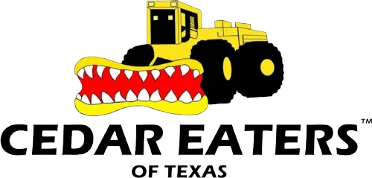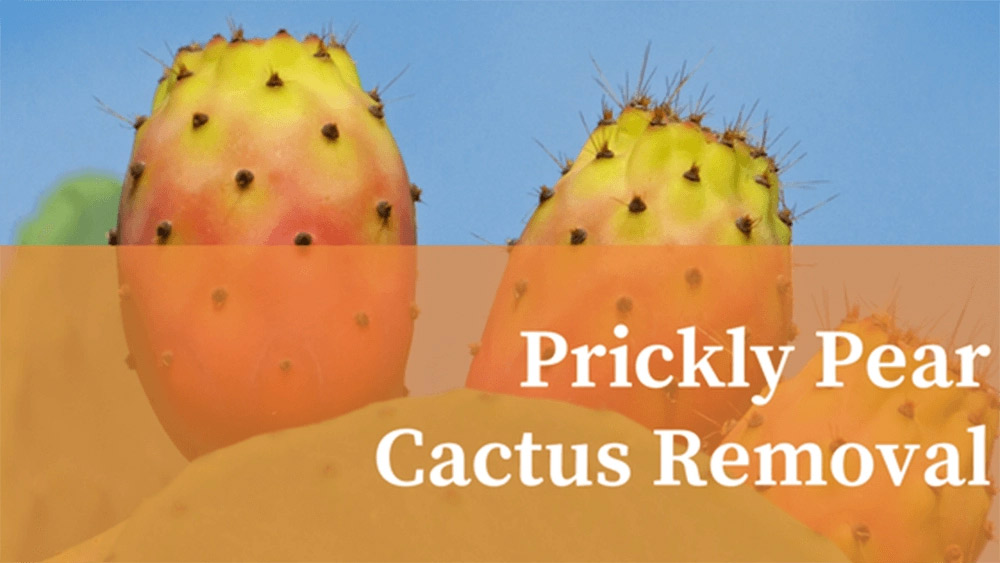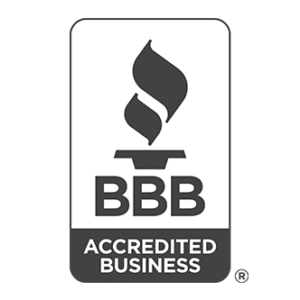Prickly pear cactus (scientific name “Opuntia”) has long been a fixture in the Texas Hill Country landscape. A native to the area, it is the official plant symbol of Texas and has almost 60 varieties, including the tasajillo (or “Christmas cactus”). It has edible pads called “nopales” or “nopalitos” in Spanish and edible fruits called “tuna” that usually ripen between July and September. It is a hardy species that can survive in very hot, dry climates, including deserts. It’s very difficult to get rid of, as it can multiply in several ways.
Much like succulents, prickly pear cactus can re-root from just one stray pad left on the ground. They can regrow if all the pads are cut off, but the crown or “base trunk,” a few inches below the soil surface, is left intact. The tuna are filled with seeds that can be spread far and wide by birds, deer and other animals.
How to Remove Cactus
Although cactus removal is difficult—it’s not impossible. There are two main methods of cactus removal, including chemical and mechanical removal. Chemical Removal is done through the use of pesticides—either fast-acting or slow-acting. Fast-acting pesticides will kill the cactus after about one year and are much safer than slow-acting pesticides, which can take up to two years. Mechanical Removal can be done using various types of equipment, including mulching machines, that grind up the cactus into, essentially, slush or slime. This is a quick fix that can be followed up with a chemical application as a backup. The other mechanical option is using our Cedar Eater patented grubbing attachments to uproot the cactus plant and its base trunk from the soil.
Cedar Eater of Texas’ cactus removal service can help you manage your prickly pear cactus (in some cases, but not all). It’s important to note that the ground must be flat, sandy soil (rather than steep and rocky) in order for these mechanical applications to be feasible. Rocky soil is pretty much a no-go for cactus removal. It’s also recommended to schedule the cactus removal when it’s extremely hot, like in the summer months. The “kill rate” will be much higher. As with cedar infestations, we don’t recommend eradicating cactus completely, as it is beneficial in some ways. It acts as a protective barrier for native plants and grasses that can be overgrazed by deer and cattle. It is also a common food source for many types of pollinating insects and birds, like hummingbirds, and animals including deer, javelina and rabbits. If you’re interested in a free estimate to discuss the mechanical removal of prickly pear cactus or learn more about our full land clearing service offerings in Texas, please call us at 210-745-2743 to speak to one of our land restoration experts.
Sources: Nelle, S. (2018) Hill Country Land Trust – Prickly Pear Management. Retrieved from https://www.hillcountrylandtrust.org/hclt-videos.html?itemid=11739 Merriwether M. (2008, August 27th) Foraging Texas – Prickly Pear. Retrieved from https://www.foragingtexas.com/2008/09/prickly-pear.html Simpson, B. (2002) Texas Prickly Pear, Nopal Prickly Pear, Lindheimer Prickly Pear. Retrieved from https://aggie-horticulture.tamu.edu/ornamentals/nativeshrubs/opuntiaengelman.htm








